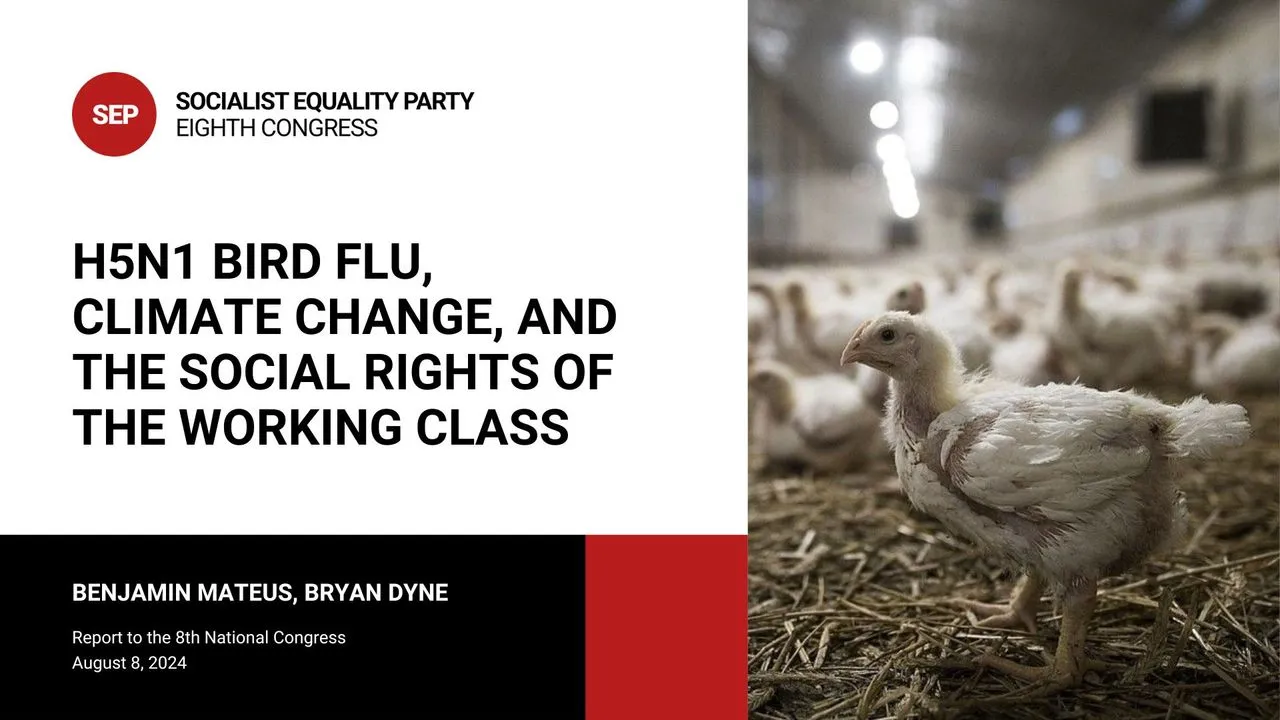H5N1 Bird Flu, Climate Change, and Its Effects on Pandemics

Understanding the Impact of Climate Change on H5N1 Bird Flu
Climate change poses a serious threat, exacerbating the risks associated with H5N1 Bird Flu and other pandemics such as COVID-19. The World Health Organization (WHO) and the Centers for Disease Control and Prevention (CDC) have both highlighted the links between environmental changes and emerging infectious diseases.
Pandemics in the Era of Climate Change
As temperatures rise and habitats change, viral transmission dynamics alter significantly. The increase in extreme weather events can lead to:
- Increased habitat loss
- Higher human-animal interaction
- Disrupted ecosystems
The Worker's Rights and Vaccination Strategies
In response to these threats, public health initiatives are crucial. The CDC recently announced its efforts to offer seasonal flu vaccines to livestock workers. This move is aimed at protecting vulnerable populations who may be exposed to both H5N1 and other influenza viruses.
Conclusion: A Call to Action
Future strategies should focus on integrating climate policies with public health to mitigate the effects of pandemics greatly influenced by climate change. Continued research and public awareness are essential for facing these challenges.
This article was prepared using information from open sources in accordance with the principles of Ethical Policy. The editorial team is not responsible for absolute accuracy, as it relies on data from the sources referenced.